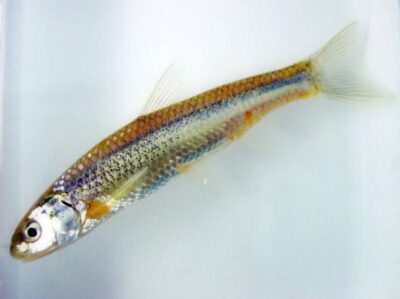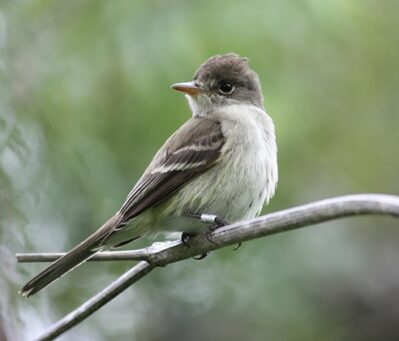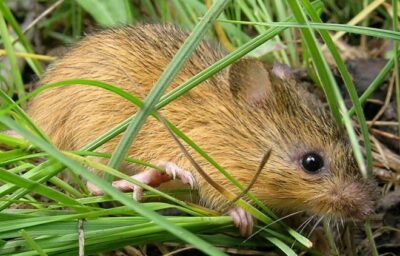Guiding Documents & Project Objectives
The Middle Rio Grande Endangered Species Collaborative Program provides a collaborative forum to support scientific analysis and implementation of adaptive management to the benefit and recovery of the listed species pursuant to the Endangered Species Act within the Program Area, and to protect existing and future water uses while complying with applicable state, federal and tribal laws, rules, and regulations.
Guiding Documents
USACE's revised authority (on page 607)
Objectives
Objectives can be found in Appendix D of the MRGESCP Long-Term Plan for Science & Adaptive Management.
Rio Grande Silvery Minnow Objectives

- Estimate the abundance of augmented and wild born Rio Grande Silvery Minnow populations in the Angostura, Isleta, and San Acacia reaches from year to year.
- Increase understanding of how the life history traits of the Rio Grande Silvery Minnow change over time and space, to better inform management of the species and increase the probability of recovery.
- Determine the relationships between base flow and survival and recruitment of Rio Grande Silvery Minnow in the Middle Rio Grande.
- Evaluate suitable environmental flow (i.e., timing, duration and magnitude of spring hydrograph), given system constraints and opportunities, needed to cue spawning and recruitment for the Rio Grande Silvery Minnow population.
- Refine existing research and modeling efforts to understand the quantity and quality of habitat available at different flow regimes by 2030 and develop a range of options for increasing habitat availability and refugia at life stage limiting flow regimes for all life stages by 2030.
- Evaluate the effects of species management (i.e., propagation, augmentation, rescue/salvage) on Rio Grande Silvery Minnow genetic diversity and Rio Grande Silvery Minnow population viability.
Southwestern Willow Flycatcher Objectives

- Monitor for Southwestern Willow Flycatcher in the Middle Rio Grande management unit of the Rio Grande recovery unit.
- Determine Southwestern Willow Flycatcher habitat availability within the Middle Rio Grande.
- Characterize optimal breeding habitat conditions in currently occupied Southwestern Willow Flycatcher locations to inform restoration.
- Manage successional processes that maintain existing Southwestern Willow Flycatcher breeding habitat in the Program Area.
- Expand Southwestern Willow Flycatcher breeding habitat through restoration efforts in the Program Area.
Yellow-billed Cuckoo Objectives
- Characterize optimal habitat (i.e., foraging and nesting) conditions on landscape and microhabitat levels in currently occupied Yellow-Billed Cuckoo locations to inform habitat mapping and restoration efforts.
- Determine successional processes that promote optimal Yellow-Billed Cuckoo habitat (i.e., foraging and nesting) in the Program Area.
- Expand monitoring efforts for Yellow-Billed Cuckoo.
New Mexico Meadow Jumping Mouse Objectives

- Initiate and support New Mexico Meadow Jumping Mouse monitoring efforts to locate existing populations, identify relevant habitat features, and identify potentially suitable unoccupied habitat.
- Contribute to efforts to expand habitat and preserve existing habitat in the Middle Rio Grande.
Pecos Sunflower Objectives
- Continue and expand monitoring and surveying for Pecos Sunflower stands in the West-Central New Mexico Recovery Region.
- Preserve and expand existing habitat stands in the West-Central New Mexico Recovery Region.
Other Objectives
- Monitor trends in ecosystem function in the Middle Rio Grande for indications of decline (e.g., changes in vegetation structure and composition, population trends in other special status species, etc.).
- Determine the impacts from non-native vegetation on listed species habitat availability and population dynamics.
- Support efforts to enhance the operational flexibility of water managers to support species.
- Outreach to external stakeholders and the public about the Middle Rio Grande Endangered Species Collaborative Program activities, initiatives, and priorities.
